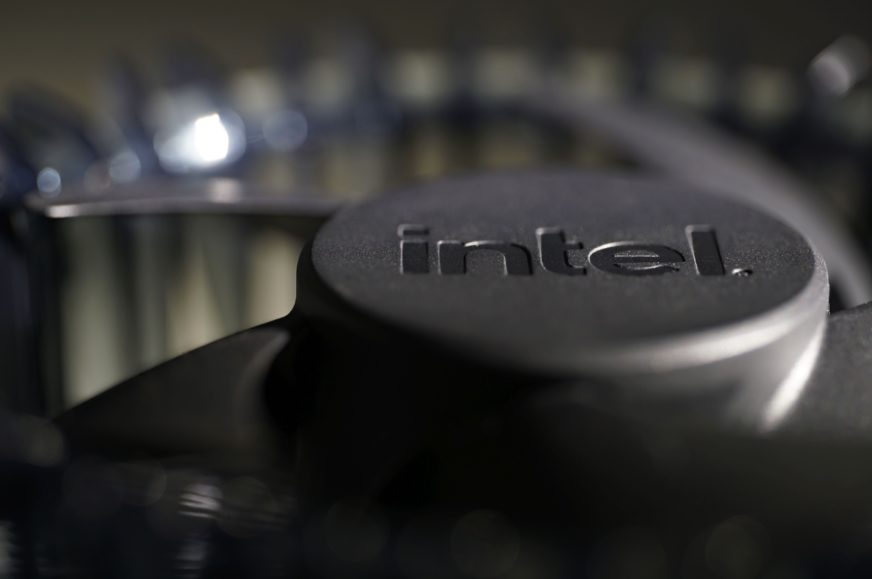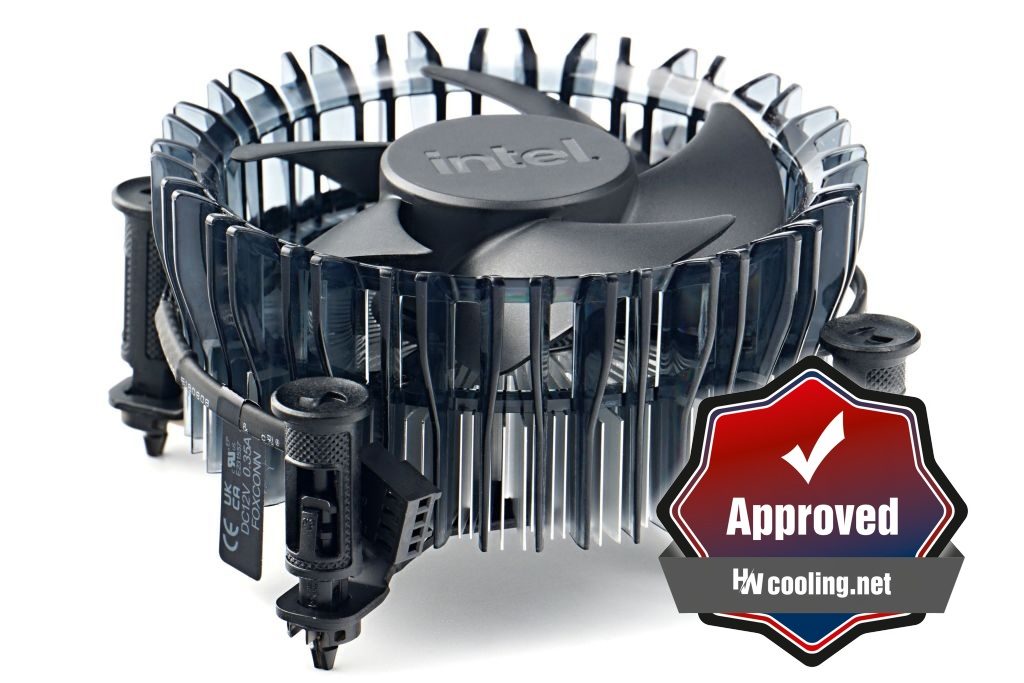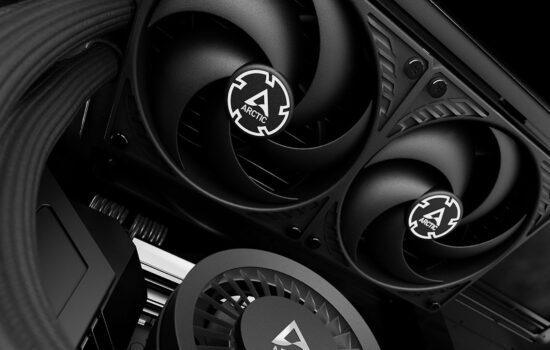Conclusion
We didn’t cover the Pentium G7400’s cooler in our tests, but we’ll fix that now. The Laminar RS1 also comes with the Celeron G6900, another economical processor whose demands are far exceeded by the box cooler. Also in this class there is an efficiency gain over the last generation, and the Laminar RS1 is more efficient than its predecessor with a copper core at the same noise level, which deserves increased attention.
Conclusion
The Laminar RS1 is more efficient than Intel’s older copper-core cooler that last shipped with Rocket Lake processors. At lower speeds, where the gap for the aluminum core with slower heat transfer already starts to shrink, this claim is getting tight, but we can still conclude the following: the weakest cooler beats the most powerful design Intel had before Laminar in every circumstance. That is, of course, apart from the historic HEDT coolers with large heatsinks. The Laminar RS1 even pulls close to the Noctua NH-L9i-17xx, even at low noise levels, where it actually beats the Arctic Alpine 17 (CO). And even on a processor with a higher power draw than it will realistically run on.
To allow comparison with other coolers, the tests were run on a Core i5-12400 (H0). However, in the Intel-recommended limited long-term power mode, the Laminar RS1’s TDP is just right – it’s rated at 65W in the specs. However, Alder Lake Pentiums and Celerons have significantly lower power draw, up to 40 W. That is, if your motherboard doesn’t set an unreasonable CPU Lite Load value. Normally, however, the Laminar RS1 has a large headroom even for the Pentium G7400. So there is room for speed reduction and quiet operation. You just need to have a suitably optimized PWM curve.
Replacement of the Laminar RS1 is only justified if the height does not fit in your case or if you want to achieve extremely low noise levels. That is, if you are bothered by the sound of bearing friction, which is what only the most radical users deal with, and most users will not register mechanical noises of this type. And certainly not in a closed case. The Laminar RS1 cooler can also be slowed down to a level at which aerodynamic noise fades away. At this setting, it even dissipates heat from around the socket more efficiently than the Noctua NH-L9i-17xx.
Unless there is an issue of incompatibility (typically with a small case), the most compelling argument for replacing the Laminar RS1 is probably that the cooler does not meet visual expectations. Cheaper processors are often associated with computers for kids, where sometimes you just can’t do without RGB LEDs, but if lighting doesn’t matter…
English translation and edit by Jozef Dudáš
| Intel Laminar RS1 |
| + It is included in the CPU package |
| + Higher cooling performance than Pentiums and Celerons require... |
| + ... and thus the possibility to reduce the speed even to very low noise levels |
| + At low noise levels, it cools the socket surroundings even better than the Noctua NH-L9i-17xx |
| + Significant intergenerational improvements, beating even designs with copper cores |
| + Relatively low profile that fits into smaller cases |
| + Robust and efficient heatsink design |
| + Quick and easy installation |
| - Having a tunnel around the fan would make the cooler more efficient (but it doesn't need it on a Pentium or Celeron) |
| - Mounting to the socket via push-pins only |
| Note: Not on sale separately. Comes in the Intel Pentium G7400 and Celeron G6900 packages |
- Contents
- The Intel Laminar RS1 cooler in detail
- Results: Maximum performance
- Results: Higher performance (45 dBA)
- Results: Medium performance (42 dBA)
- Results: Lower noise level (39 dBA)
- Results: Low noise level (36 dBA)
- Results: Very low noise level (33 dBA)
- Results: Audibility threshold (31 dBA)
- Conclusion












